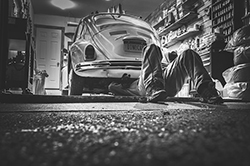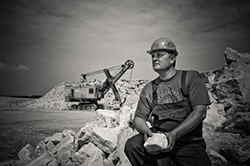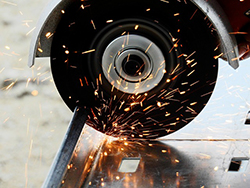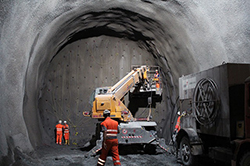 When it comes to Workers Compensation claims, companies are looking constantly for ways to reduce claims and reduce costs.
When it comes to Workers Compensation claims, companies are looking constantly for ways to reduce claims and reduce costs.
Ascribing the cost of Workers Compensation claims to applicable internal departments can encourage supervisors and managers to pay more attention to training and safety programs and more carefully monitor injured employees returning to work. Some companies have even deducted the claim cost from the budget of the ascribed department instead of a general company fund as an additional incentive to curb Workers Compensation costs. Through implementing a few procedures that place Workers Compensation expenses directly on internal departments, employers have more control over prevention and injury management measures that can decrease the severity and frequency of workplace injury. The reduced claims and Workers Compensation premiums add up to a substantial amount of savings.
Safety goals can be met by communicating directly with all potential Workers Compensation employees. Use a claim and injury history to identify high-risk employee groups. Then, on a departmental level, discuss the injury management process with employees. Communication will improve as employees are given a chance to discuss how they feel the job could be performed with less risk of injury. It also gives the employer an opportunity to modify safety procedures or dangers in the work environment, such as faulty equipment or inadequate work protocols that are identified by employees.
A common problem related to workplace injuries is a lack of prompt reporting. Too often supervisors don’t appropriately acknowledge workplace accidents. The hope is that the incident will not result in time off of work or medical expenses. However, putting an initial injury off and not reporting it immediately often actually results in increased costs. Managers and supervisors need to know that they aren’t saving money when they don’t report injuries immediately. One study of more than 50,000 temporary total disability and permanent partial disability claims showed:
Injuries reported one to two weeks following the incident were 18% more expensive than those reported within a week of the incident.
Injuries reported three to four weeks after the incident were 30% more expensive than those reported within a week of the incident.
Injuries reported after four weeks of the incident were 45% more expensive than those reported within a week of the incident.
Showing supervisors and managers statistics such as these will help to ensure timely injury reporting, especially if Workers Compensation costs will be coming out of the departmental budget. Although the goal is prevention of workplace injury, once an employee has been injured, the objective should turn to a timely and safe return to work. This can best be achieved if both employer and employee share a desire to obtain the most effective care, which will help to expedite recovery and a safe return to the job.
Since each department is faced with the claim cost coming out of their own budget, managers and supervisors can take a more active role in assisting injured employees returning to work. For example, instead of the usual claim adjuster or attorney contacting the injured employee, the company concern can be conveyed through the department head(s). One last element is fraudulent claims. Although deliberate fraudulent claims are a rarity, they do exist. These fraudulent claims will be much more difficult to file when Workers Compensation costs are analyzed departmentally.
Accidents are going to happen. There simply isn’t a way to prevent all accidents and eliminate all claims. But, it is realistic to reduce the frequency and severity of workplace injuries by making the department responsible directly, whether by penalty or by reward, for a safe work environment.














